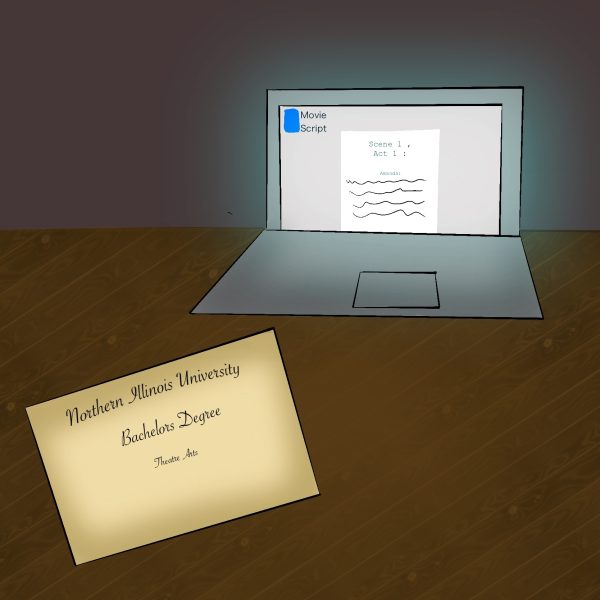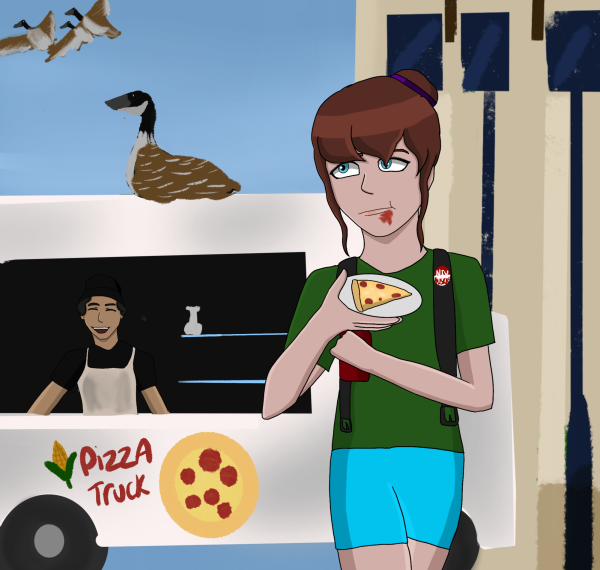Not helpless
September 21, 1992
I am a graduate student who is congenitally blind. A couple of days ago, I read something which made me sick to my stomach. I have to admit that I was amused at first, but the more I thought about it, the sicker I became. I walked into the vision office, Graham 232, on September 19. I was greeted by one of my instructors, Ms. Patricia Koenig, and she called me into her office so that she might read to me a very disturbing letter. Not only was the letter poorly written, but it was a fountain of misinformation.
Joey Garza writes that he spotted a blind man on the way to his English class, and I commend him for “lending a hand.” However, the letter that he wrote in order to grip the conscience of the campus was all wrong. Nevertheless, I do not entirely fault Joey for his inaccurate portrayal of individuals who are blind.
To begin with, Joey stated that the blind man appeared to be “helpless.” Well Joey, his helpless condition is his own doing. He was wearing inappropriate clothing. It doesn’t take a genius to figure out that when it’s raining, you wear a raincoat and you carry an umbrella. Joey also says that the blind man couldn’t carry an umbrella because he was using his “walking stick.” Well Joey, the correct term is “cane” not “walking stick,” and there are mobility specialists on campus who can teach this man to use a cane properly as well as teaching him to carry his umbrella, books, and his cane, all at the same time!
And what exactly do you want other students to do when they see someone constantly staggering in the mud? Should they be chastised because certain visually impaired individuals do not wish to utilize the fantastic services on this campus? Joey, your whole approach is wrong, and your tears don’t mean a thing. Your preaching to others will further disable visually impaired individuals who are seeking pity even more by making them dependent upon others.
Finally, I have some advice for the “blind man,” whoever you are. Wipe that pathetic, helpless look off your face! You’re reinforcing stereotypes which functioning persons with visual impairments have been trying to overcome their entire lives. There are plenty of individuals who will be happy to teach you how to use a cane properly. Believe me, knowing you can walk from point A to point B gives you more self-respect. Staggering around in the mud just waiting for someone to save you makes you look dysfunctional, and that’s how society will treat you. And why were you staggering around in the mud?
Finally, I would like to commend the students at Northern Illinois University. Whenever I need directions to a specific location, I receive more than enough information. Thanks! And Joey, if you really feel convicted, and you want to “lend a hand,” get into the Vision Department and learn how to teach visually impaired individuals how to be functional.
Larry Lewis
Student













